India remains happy, despite gloomy economic sentiments: Study
India is the second happiest country in the world despite gloomy economic sentiments, according to an online poll by global research company Ipsos.
Eight in ten (84%) Indians reported they are largely happy, out of which 41 percent said they are very happy and 43% percent somewhat happy. This general happiness is contrasted by four in ten (40%) who assess Indian economy to be good. Even despite this gloomy outlook, six in ten (60%) of those who assess the economy to be bad also report they are happy.
These findings reflect counterintuitive conclusion of a poll of over 18,000 adults in 24 countries as part of the new Ipsos Global Trends Survey, a study that aims to build a more comprehensive picture of what matters to people globally.
To determine who might be the ‘happiest people’, special attention is paid to those who report they are ‘very happy.’ The proportion of those who indicate they are ‘very happy’ – rather than only ‘somewhat happy’ – represents a key measure that identifies comparative depth and intensity of happiness among country citizens and the world.
Globally two in ten (20%) indicate they are very happy, down two points from the same time one year ago (22%). Young people appear happiest on a global aggregate level, as those who are under the age of 35 (24%) are more likely to say they are ‘very happy’ than those who are 35-49 (18%) and 50-64 (16%) across all countries surveyed. Furthermore, socio-economics play a role as those with a high education (24%) and those with a high household income (22%) are among those most likely to be ‘very happy’. Married people (23%) are more likely to be ‘very happy’ than those who are unmarried and there is no statistical difference in happiness across gender (20%).
Regionally, Latin America has the greatest proportion of people saying they are ‘very happy’, with one third (31%) of their population responding this way. North America is next with 25% followed by the Middle East and Africa (23%), Asia Pacific (22%) and Europe (13%).
Nationally, Indonesia scores the happiest out of the 24 countries surveyed with over half (55%) of citizens reporting they are ‘very happy’ followed by India (41%), Mexico (38%), Brazil (33%), South Africa (26%), United States (26%) and Canada (24%). On the other end, South Korea (6%), Hungary (8%), Italy (9%) and China (10%) have the lowest number of ‘very happy’ people, followed by France (11%), Germany (11%) and Russia (11%).
All such polls come with a health warning. The level of happiness is self-reported—and the term means different things to different people. The Ipsos poll, measuring degrees of happiness has standard margin of error, at plus or minus 3.1 points for most countries. Still, Ipsos has been doing this survey regularly for five years and the figures have proved fairly stable during that time, not wildly volatile which they would have been if they had been flaky.
Biswarup Banerjee, Head of Marketing Communication, Ipsos in India said, “Two conclusions emerge. Large, fast-growing emerging markets do not share rich industrialised countries' pessimism. The already large “very happy” cohort rose 16 points in Turkey, ten points in Mexico and five points in India. Even rich-countries pessimism is uneven. The share of “very happy” people rose six points in—of all places—Japan, defying tsunami and nuclear accidents. But growth amid global misery does not explain everything: the biggest falls in happiness also occurred in large emerging markets, in Indonesia, Brazil and—a perennial misery guts — Russia.”
“The second conclusion challenges the received notions of mankind's moods. A tenet of political science is that happiness levels rise with wealth and then plateau, usually when a country's national income per head reaches around $25,000 a year,” added Banerjee.
But the Ipsos study shows the highest levels of self-reported happiness are not in rich countries, as one would expect, but in poor and middle-income ones, notably Indonesia, India and Mexico. In rich countries, happiness scores range from above-average—28% of Australians and Americans say they are very happy—too far below the mean. The figures for Italy and Spain were 13% and 11%. Most Europeans are gloomier than the world average. So levels of income are, if anything, inversely related to felicity. Perceived happiness depends on a lot more than material welfare.
Global happiness overall, with 75% saying they are at least somewhat happy, reflect three quarters of the global aggregate while only 37% who assess the economy in their country to be good – 5% very good, 32% somewhat good. Indeed, seven in ten (70%) of those in 19 countries who assess their national economy to be bad still report they are happy.
Still, economic confidence correlates positively to happiness overall. The gaps between the happiness levels of those who rate their national economies to be good versus those who rate it to be bad are substantial. Globally, the gap is 19 points as 89% of those who say the economy is good also say they are happy while 70% of those who say the economy is bad say they are happy. The gap is largest in Spain (37 points), Germany (27pts), South Korea (27pts), Great Britain (25pts) and Poland (22pts). It is smallest in South Africa (10pts), Brazil (11pts), Canada (15pts), Russia (15pts), France (15pts) and the United States (16pts).




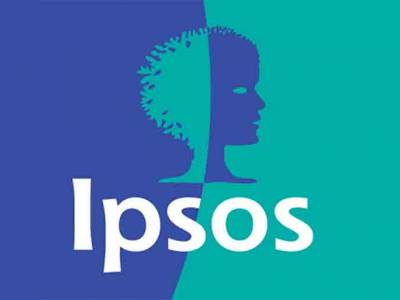
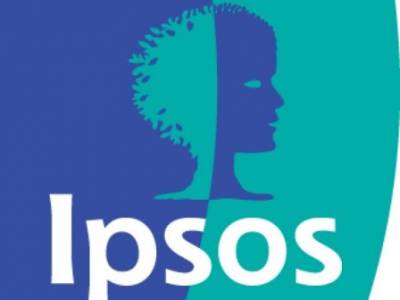

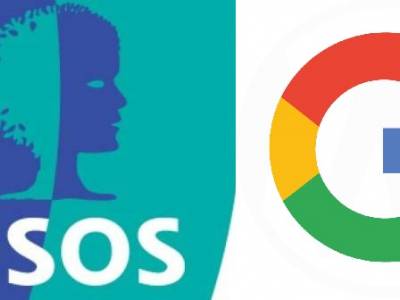

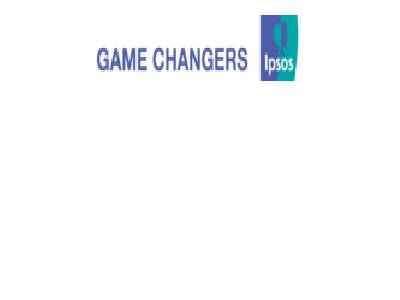

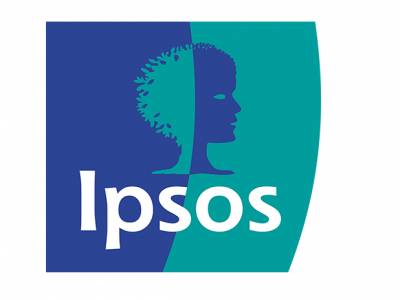
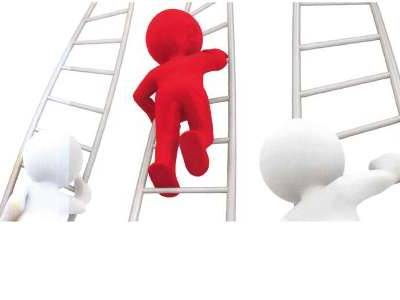
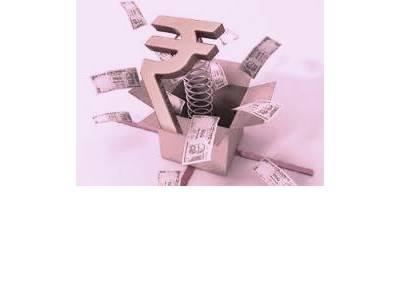
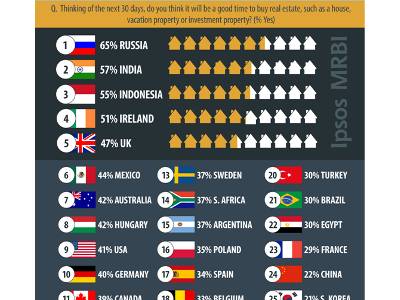


Share
Facebook
YouTube
Tweet
Twitter
LinkedIn